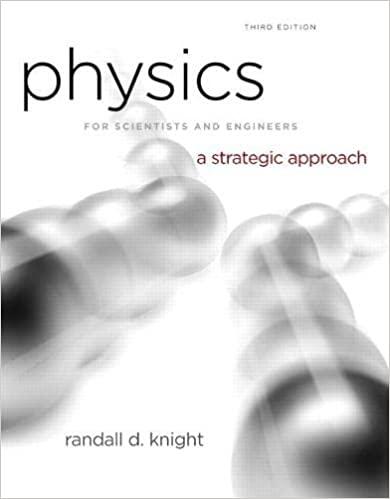Very small objects, such as dust particles, experience a linear drag force, D(vector) = (bv, direction opposite
Question:
Very small objects, such as dust particles, experience a linear drag force, D(vector) = (bv, direction opposite the motion), where b is a constant. That is, the quadratic model of drag of Equation 6.16 fails for very small particles. For a sphere of radius R, the drag constant can be shown to be b = 6πμR, where h is the viscosity of the gas.
a. Find an expression for the terminal speed vterm of a spherical particle of radius R and mass m falling through a gas of viscosity h.
b. Suppose a gust of wind has carried a 50–μm–diameter dust particle to a height of 300 m. If the wind suddenly stops, how long will it take the dust particle to settle back to the ground? Dust has a density of 2700 kg/m3, the viscosity of 25°C air is 2.0 × 10-5 N s/m2, and you can assume that the falling dust particle reaches terminal speed almost instantly.
Step by Step Answer:

Physics For Scientists And Engineers A Strategic Approach With Modern Physics
ISBN: 9780321740908
3rd Edition
Authors: Randall D. Knight





